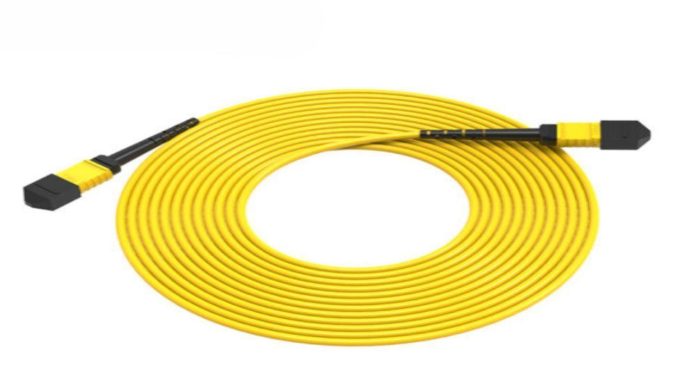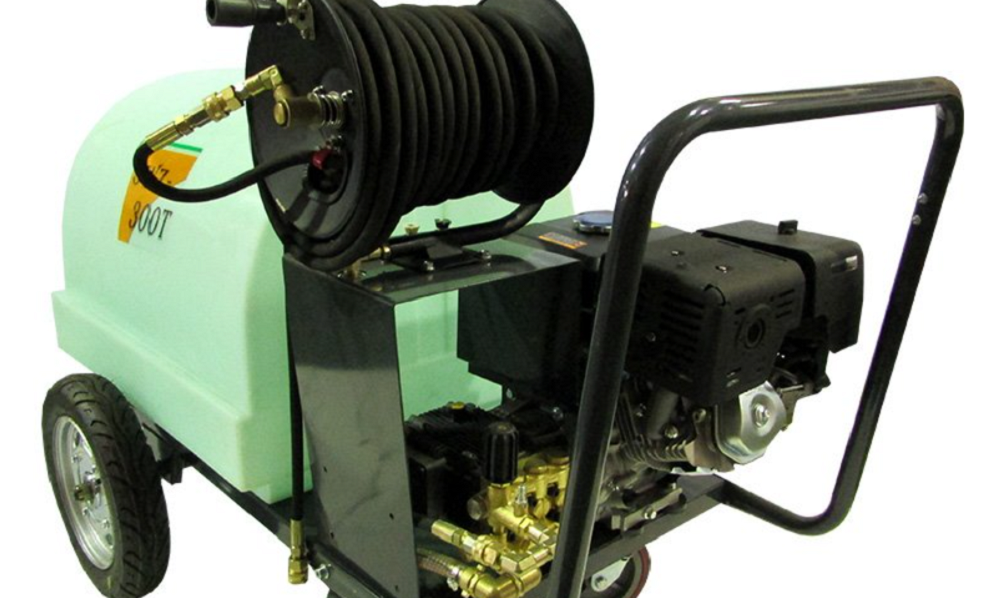In the realm of optical network installations, selecting the right PLC splitter manufacturer is a critical choice that requires thoughtful consideration. A powerful tool to assist in this process is a comparative analysis. This method enables you to weigh the merits and drawbacks of various manufacturers, ultimately guiding you to a choice that best suits your specific requirements. Click to visit to learn more!
Understanding Comparative Analysis in the Context of PLC Splitter Manufacturers
Comparative analysis, as applied to PLC splitter manufacturers, involves comparing and contrasting different manufacturers based on various parameters. These parameters may encompass product performance, pricing, scalability, compatibility, and more. This analytical approach empowers you with a comprehensive understanding of the market offerings, making for an informed decision.
Categorizing PLC Splitters: A Guiding Framework
Before diving into the comparative analysis, it is crucial to categorize PLC splitters based on relevant factors. These might include splitting ratio, port configuration, and packaging type.
Splitting Ratio
This pertains to the number of output ports in relation to the input port. Typical ratios include 1:2, 1:4, 1:8, and so forth, up to 1:64. The ideal ratio depends on the specific needs of your network.
Port Configuration
Here, you can distinguish between PLC splitters with varied configurations such as bare fiber type, mini module type, module type, rack mount type, and tray type. Your choice depends on the type of installation and available space.
Packaging Type
Packaging type mainly revolves around the form factor and protection offered. Common packaging types are ABS, LGX box, rack mount, and wall mount.
Delving into Comparative Analysis: Key Characteristics and Features
Now that we’ve set the stage with the categories let’s dive into the heart of the matter: the comparative analysis.
Product Performance
First and foremost is the performance of the product. This may include factors like insertion loss, return loss, polarization dependent loss, and uniformity. These factors collectively determine the efficiency and effectiveness of the PLC splitter.
Pricing
Price is a critical aspect to consider. It’s crucial to evaluate if the price aligns with the product’s features and performance. Remember, the least expensive option isn’t always the best value.
Scalability
The scalability of the product refers to its capacity to handle future growth. Can it accommodate an increase in data traffic? Will it support the expansion of your network?
Compatibility
Compatibility deals with whether the PLC splitter can work seamlessly with the rest of your network components.
Synthesizing the Comparative Analysis
After conducting a thorough comparative analysis, it’s important to synthesize the gathered information and make sense of it. This involves weighing the pros and cons of each manufacturer and considering how well their offerings align with your specific requirements.
In conclusion, a comparative analysis of PLC splitter manufacturers, informed by the categories and criteria discussed above, can guide you towards the most suitable manufacturer for your needs. This methodical approach takes into account multiple parameters, providing you with a holistic view of the options and helping you make an informed choice that brings value to your optical network installations.
















